How to make concrete step safer for kids?
twalkman
13 years ago
Featured Answer
Comments (12)
oilpainter
13 years agolaag
13 years agoRelated Professionals
Carlisle Landscape Architects & Landscape Designers · New Bedford Landscape Architects & Landscape Designers · Erie Landscape Architects & Landscape Designers · Buford Landscape Contractors · Damascus Landscape Contractors · Elmhurst Landscape Contractors · Fountain Valley Landscape Contractors · Maywood Landscape Contractors · Plantation Landscape Contractors · Round Lake Landscape Contractors · Elkridge Decks, Patios & Outdoor Enclosures · Athens Decks, Patios & Outdoor Enclosures · Oswego Decks, Patios & Outdoor Enclosures · Thousand Oaks Swimming Pool Builders · Randolph Swimming Pool Builderstwalkman
13 years agolazy_gardens
13 years agolaag
13 years agomjsee
13 years agoFrankie_in_zone_7
13 years agolehua49
13 years agoArlene Spencer
7 years agoMarcy McCusker
6 years agolast modified: 6 years agoMelissa Francia
3 years ago
Related Stories
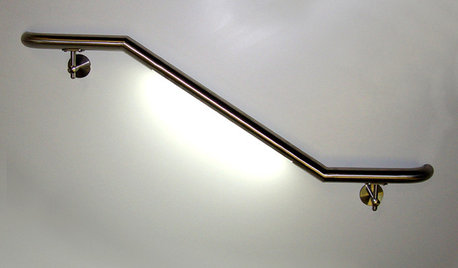
UNIVERSAL DESIGNDesign Safer Stairs and Halls With Universal Lighting Strategies
See how lighted handrails, stair treads and more can make navigating inclines and passages easier for all ages
Full Story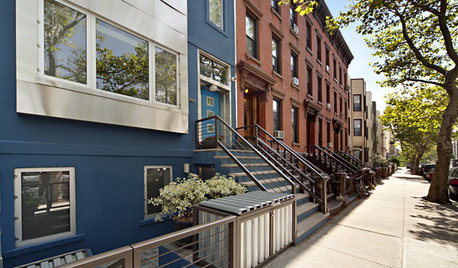
COMMUNITYWant a Cleaner, Safer Neighborhood? Show You Care
Our behavior strongly influences others, says a new study. Show neighbors you care about your street and watch them follow suit
Full Story
LIFE10 Smart Organizing Ideas That Make Life Easier
Rethink where and how you store household basics, from bills to baking supplies, to buy some time and save some headaches
Full Story
GARDENING FOR BUTTERFLIES3 Ways Native Plants Make Gardening So Much Better
You probably know about the lower maintenance. But native plants' other benefits go far beyond a little less watering and weeding
Full Story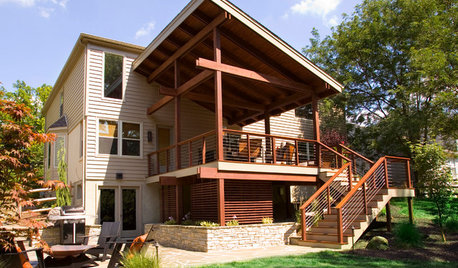
MOST POPULARSee the Difference a New Back Deck Can Make
A dramatic 2-story porch becomes the centerpiece of this Ohio family’s renovated landscape
Full Story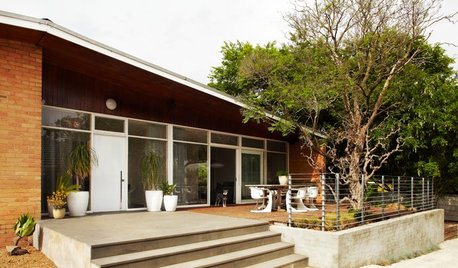
GARDENING AND LANDSCAPINGTake Back Your Front Yard: 8 Ways to Make It Social
If only trees and squirrels gather in your front yard, you're missing out on valuable socializing space. Here's how to remedy that
Full Story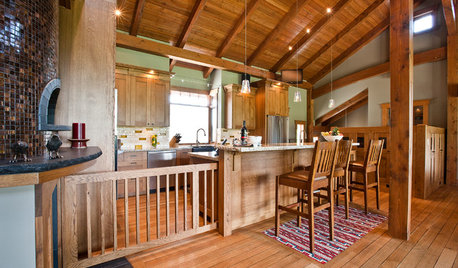
HEALTHY HOMEHow to Childproof Your Kitchen
Knives, cords and chemicals can be a recipe for disaster around babies. Here’s how to make your kitchen safer for kids
Full Story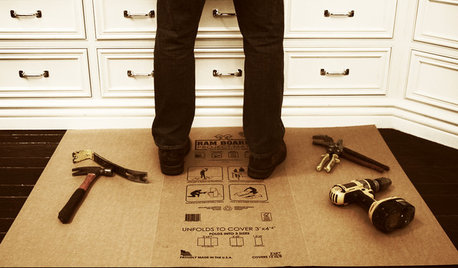
BATHROOM DESIGNOut With the Old Tile: 8 Steps to Prep for Demolition
This isn't a light DIY project: You'll need heavy-duty tools and plenty of protection for your home and yourself
Full Story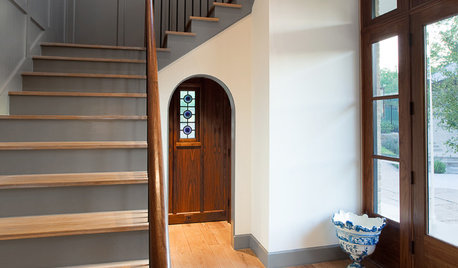
CONTRACTOR TIPSAn Expert Guide to Safe and Stylish Staircases
Understanding how stairs are designed and laid out can help you make the best decisions for safety and beauty in your home
Full Story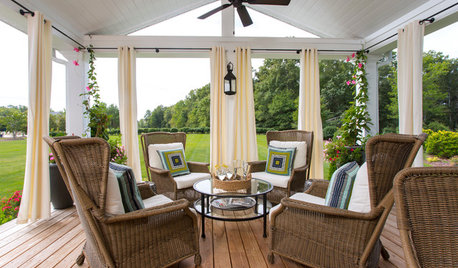
PORCHESPorch Life: Step Into a Backyard Addition With Breezy Coastal Style
Comfortable furniture, a dining area and a grill make this new porch a North Carolina family’s favorite spot
Full StoryMore Discussions








rhodium